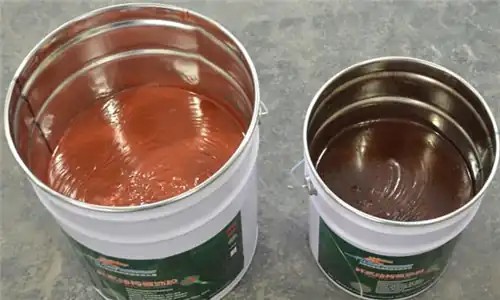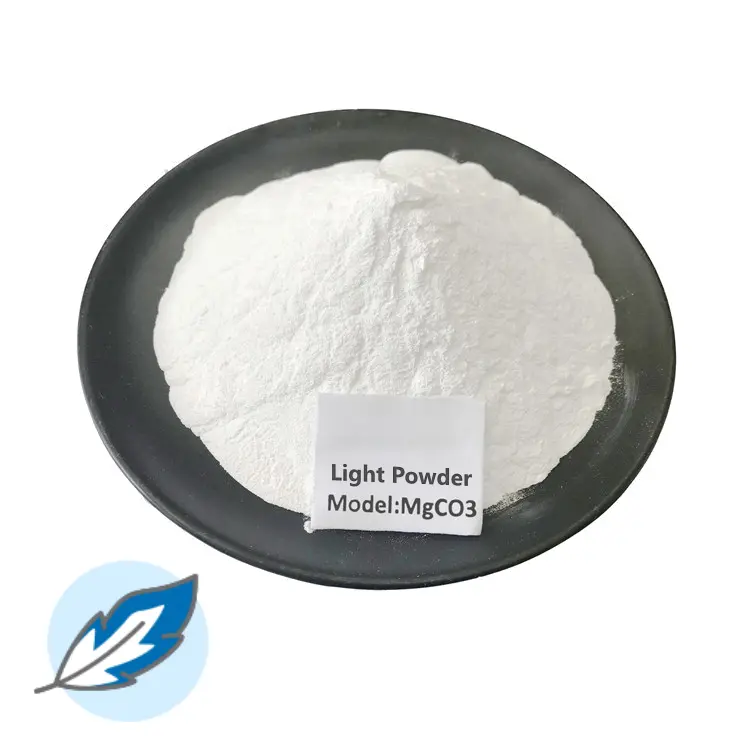At present, flame retardants for polymer materials are developing in the direction of high efficiency, low smoke and low toxicity, so the application of various halogen-free flame retardants and the study of their flame-retardant mechanism will become the most active research field in flame-retardant polymers.
Epoxy resin is a very important kind of polymer material, and its main types include 16 kinds, including general-purpose adhesive, structural adhesive, heat-resistant adhesive, low-temperature resistant adhesive, adhesives for use on water and damp surfaces, conductive adhesive, optical adhesive, spot welding adhesive, epoxy resin film adhesive, foaming adhesive, strain adhesive, soft material bonding adhesive, sealing adhesive, special adhesive, latent curing adhesive, civil construction adhesive, etc.

Epoxy resin is widely used in the fields of machinery, electrical appliances, electronics, aerospace, chemical industry, transportation, construction, etc. The limiting oxygen index of epoxy resin is very low, which belongs to flammable materials. In order to broaden its application, magnesium carbonate is usually added to epoxy resin to achieve flame retardancy, low smoke and halogen-free effect.
From the point of view of flame retardant performance of magnesium hydroxycarbonate flame retardant epoxy resin, with the increase of magnesium hydroxycarbonate filling amount, the dripping substances produced by combustion of epoxy resin/magnesium hydroxycarbonate composite materials decrease, the combustion capacity weakens, and the self-extinguishing time becomes shorter. When the filling amount reaches a certain proportion, there is no dripping substance, the burning substance is pyrolyzed into carbon, the combustion changes from melting to coking state, and it self-extinguishes soon. Therefore, magnesium hydroxycarbonate filled epoxy resin has good flame-retardant performance and will not cause secondary pollution.
In addition, when the sample based on epoxy resin is burned, the added magnesium hydroxycarbonate is finally converted into magnesium oxide and other non-flammable substances after heating, and water vapor and carbon dioxide gas are released. This not only dilutes the combustible gas and oxygen concentration, but also isolates the air, prevents heat radiation, thus preventing combustion. After adding magnesium hydroxycarbonate to epoxy resin, the limiting oxygen index increases and the thermal decomposition end temperature decreases. At the same time, magnesium hydroxycarbonate has the effect of dilution, cooling, isolation and catalytic flame retardation, and can enhance the anti-melting drop performance of epoxy resin.

